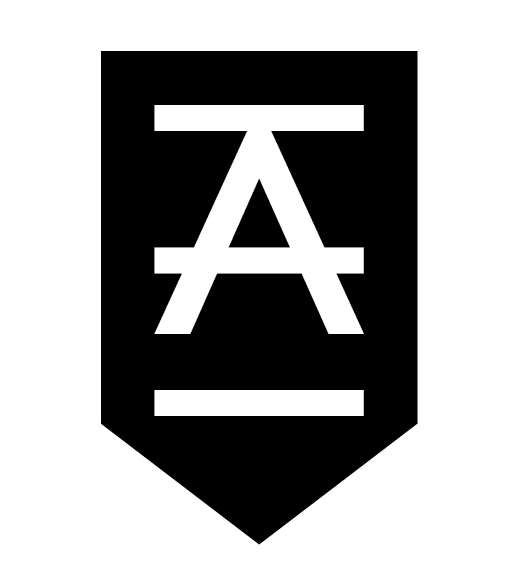BURNING FAT THROUGH PROGRAM DESIGN - BEHIND THE BLOCK
Behind the Block is a segment where we teach you about the science, methods, and reasoning behind each 4-week training program.
The central theme of this accumulation block is 6-12-24. And to put it bluntly, we’re going to destroy all muscle fiber types.
From a program design standpoint, we’re using a higher rep scheme designed to burn fat for the energy we use during the session. We specifically start the workout with 6 reps of fast twitch muscle fiber movements like front squat, bench, and bent over row. Beginning the session with these movements first fatigues fast twitch muscle fibers and leaves the more fatigue-resistant muscle fibers to finish the task. This design burns more glycogen at the top of a session and sets us up to burn more fat throughout the session.
Let’s dive in a bit deeper on what an Accumulation Block actually means.
There are a couple of central themes behind Accumulation Blocks: Functional Hypertrophy, Hypertrophy, and Muscular Endurance.
This block’s focus is Muscular Endurance. We’re looking to tax some of the fatigue resistance muscle fibers. Also known as type 1 muscle fibers.
Another key concept to understand for this block is Size Principle.
“This Size Principle is a naturally occurring process to prevent overexertion. Essentially, we utilize slower twitch muscle fibers at the start of an activity to defer the use of faster twitch muscle fibers later. The sequence is important because it impacts our response to training.”
In this block, we’re reversing the Size Principle by utilizing higher threshold motor units at the top of the session in our compound lift of 6 in our 6/12/24 rep scheme. When we transition to 12 and 24 reps, we’ll utilize lower threshold motor units and intermediate/slow twitch muscle fibers.
And what’s the goal of taxing all muscle fibers to the extent of their capabilities?
The goal is to maximize our response to training. To actually make our bodies respond to what we’re going through. Which brings us to our next point: Hypertrophy.
There are essentially two different types of hypertrophy: Sarcoplasmic and Myofibril Hypertrophy.
The “pump” sensation is what comes from sarcoplasmic. When you do higher-rep, lower intensity work it causes increased blood flow to an area. This increased blood to the area helps with long-term recovery by removing waste post exercise and inflating of mTOR pathways that repair broken down tissues.
“When you do higher-rep, lower intensity work it causes increased blood flow to an area. This increased blood to the area helps with long-term recovery by removing waste post exercise and inflating of mTOR pathways that repair broken down tissues. ”
A second key component of hypertrophy is using all energy stores in the muscle.
In this case, specifically glycogen. When glycogen is burned for energy during training, it’s called glycolysis. Glycolysis usually occurs during anaerobic exercise where we need immediate energy for work but we don't have a lot of oxygen present.
So in hypertrophy, we first use available glucose and then glycogen stores. When we continue the duration of training, we exhaust glycogen stores and look for different types of fuel to burn. In our case, we are hoping for fatty acids.
In our training program, by structuring a combination of higher threshold motor units in our set of 6 and lower threshold motor units in our sets of 12 and 24 we can hopefully burn glycogen faster and subsequently utilize more fatty acids for fuel during the session.
In conclusion, the goal of this block to use higher rep schemes that tap into burning fat for energy.
We’re starting with high-threshold, motor-units and fast twitch muscle fibers to get more out of our higher rep schemes than if we would if we just went into higher reps. This structure will burn more glycogen and lead to better utilization of other fuel sources.
Sources:
https://shreddedbyscience.com/henneman/
https://codycordeiro.com/2014/10/19/the-low-down-on-hypertrophy-sarcoplasmic-vs-sarcomere-aka-myofibrillar/


